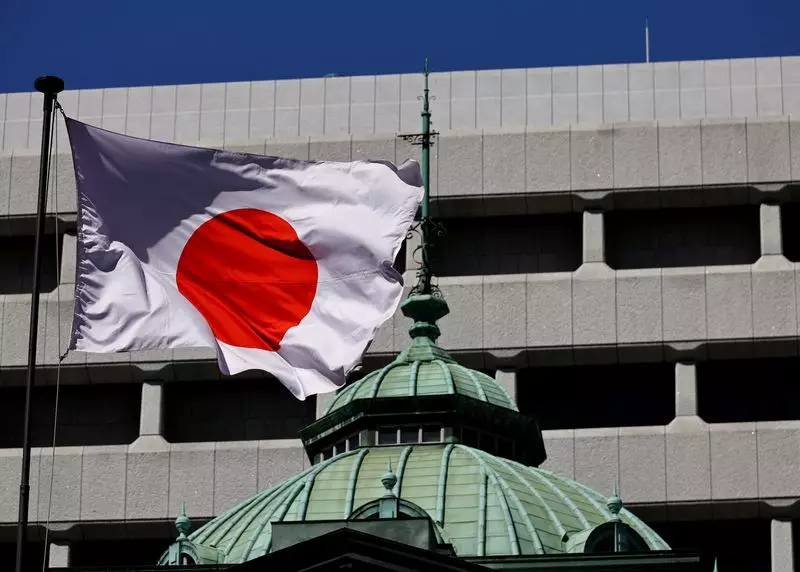The Bank of Japan (BOJ) is navigating a particularly tumultuous monetary landscape, characterized by diverging opinions among its policymakers regarding interest rate hikes. Recent deliberations during their October meeting suggest a cautious yet opportunistic approach towards adjusting Japan’s historically low interest rates. With global economic factors, particularly the U.S. presidential election looming, the BOJ’s strategy requires careful consideration of both domestic and international ramifications on financial stability.
The opinions shared by BOJ officials underscore a profound awareness of the volatility that can accompany significant political events, such as the U.S. presidential election. Some board members expressed concern that the unpredictability of the election results might lead to renewed instability in global markets. The sentiment reflects a broader understanding that the interconnectedness of global economies necessitates vigilance on the part of the BOJ. As U.S. markets react not only to political outcomes but also to shifts in economic policy, the reverberations are likely to be felt across the Pacific in Japan.
The implications of these discussions are critical. A member’s caution about the potential for exacerbated market volatility post-election illustrates a sensitivity to how external events can considerably influence domestic markets, particularly the yen. Hence, the BOJ’s tentative position on interest rate hikes can be seen as a prudent strategy aimed at maintaining economic cohesion amid uncertainty.
Although some BOJ officials recognized a decrease in the likelihood of a hard landing for the U.S. economy, they cautioned against jumping to conclusions. This apprehension is reflected in their insistence on closely monitoring market dynamics. A cautious stance is further justified by the possible fallout from U.S. policy changes, such as tariff increases advocated by President Trump, that could complicate inflation management both in the U.S. and Japan.
The hierarchy of priorities faced by the BOJ is significant. On one side, there is a palpable desire to normalize monetary policy and slowly embark on a trajectory of rate hikes, especially given the view that Japan’s economy can stand on its own without excessive monetary stimulus. Conversely, there is a pressing need to safeguard against adverse outcomes that may arise from aggressive market responses, particularly for sectors sensitive to rising import costs.
One of the most pressing challenges for the BOJ is the weak yen, which has become a focal point of concern. As currency depreciation leads to heightened import costs, Japanese households and small businesses are increasingly feeling the pressure on their wallets. This situation complicates the BOJ’s calculus regarding monetary easing and rate changes. Officials must weigh the potential benefits of a stronger yen—reduced import costs against the risk of curtailing consumer spending and overall economic growth.
Governor Kazuo Ueda’s acknowledgment of the inflationary risks posed by a weak yen echoes this sentiment. Conditions in the currency marketplace are delicate; sudden shifts in the yen’s value could either stabilize or destabilize broader economic indicators. Hence, the BOJ’s past decision to incrementally raise interest rates may reflect an attempt to reconcile these pressures while serving the broader economic good.
Amid this complex backdrop, the BOJ’s internal dynamics reveal a broader debate about the central bank’s path forward. While some policymakers advocate for proceeding cautiously with rate hikes to mitigate risks, others argue for a transparent communication strategy that affirmatively signals potential future rate increases, should economic conditions warrant such moves. This internal discourse captures the difficulty in crafting a cohesive monetary stance amid conflicting assessments of economic health and market responses.
The BOJ is at a pivotal juncture, challenged by both external and internal pressures. The dual need to react to international market events while simultaneously addressing domestic economic conditions makes this a critical period for Japan’s monetary policy. As central banks worldwide navigate their own sets of uncertainties, the BOJ’s decisions in the coming months will likely have lasting implications not just for Japan, but for the global economic landscape.

